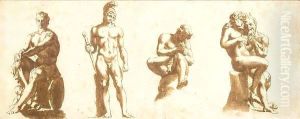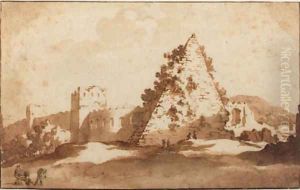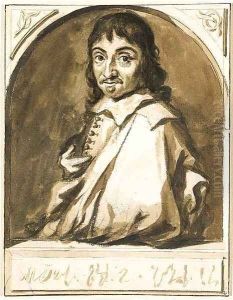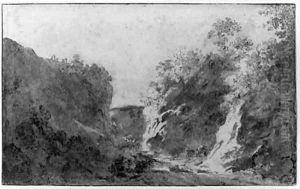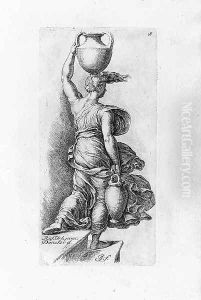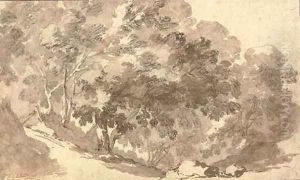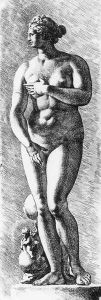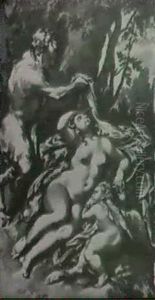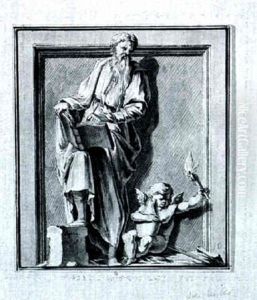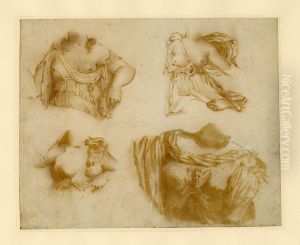Jan de Bisschop Paintings
Jan de Bisschop, also known as Johannes Episcopius, was a Dutch lawyer and artist, born in The Hague in 1628. He is best known for his works in drawing and printmaking, and his contributions to the preservation and understanding of classical art. De Bisschop initially pursued a career in law and achieved success as a lawyer. However, his passion for art led him to become an amateur artist and an important figure in the Dutch art world of the 17th century.
De Bisschop's artistic work was heavily influenced by the classical antiquity, and he was deeply involved in the study of ancient Greek and Roman art. His dedication to the classics was not only evident in his own artworks but also in his efforts to promote the study of classical sculpture and architecture. He was a member of the 'Confrerie Pictura', an association of artists and art lovers in The Hague, which played a significant role in the local art scene.
In 1668, Jan de Bisschop published a collection of engravings titled 'Signorum Veterum Icones', which translates to 'Icons of Ancient Signs'. This work was instrumental in disseminating knowledge of classical sculpture among artists and art connoisseurs. He followed this with another publication, 'Paradigmata Graphices Variorum Artificum', which was a collection of drawings after Italian and Dutch masters. These publications were not only artistic achievements but also educational resources that influenced artists' training at the time.
De Bisschop's dedication to art and his influence on the arts were widely recognized, and he was esteemed by his contemporaries for his scholarly approach to art and his skill as an artist. Despite his legal profession, his contributions to the field of art history and his role in the revival of interest in classical antiquity were significant.
Jan de Bisschop passed away in 1671. His legacy continues to be appreciated by art historians and artists alike for his role in bridging the classical arts and the Dutch Golden Age. His publications remain valuable sources for the study of classical art and its reception in the early modern period.




